From Multimaxes and Multilimiters to Optimods and Omnias: broadcast technician and sound innovator Frank Foti has seen, heard & used them all during his long career in radio engineering.
Following part 1, 2 & 3 of this audio processing series, we’re meeting Frank Foti – the founding father of the original Omnia, and launch engineer of the legendary Z100. How a Cleveland techie rocked NYC airwaves by staying on the forefront of the loudness war, while respecting the listener’s ears. “I’d say we were the least-offensive sounding.”
“It was baptism by fire”
Getting inspired by radio
“I was always interested in electronics”, Frank Foti begins telling his story. “I watched my dad fix televisions and radios, standing at the end of his work bench and thinking: wow, how cool is that? Taking things apart, figuring out how they function, and making them work again.” One day, his sister wins a local radio station contest, and they go pick up her prize together. It’s the first time he sees a radio studio and a disc jockey at work. “They had cart machines for jingles, and records for music. Seeing all this, I thought: that would be a really cool thing to do.” Thanks to his knowledge of electronics, he successfully applies for an FCC license scholarship, sponsored by local AM station WIXY 1260. After receiving his FCC certificate and high school diploma, he decides to go get a radio job.
 Finding first radio gig
Finding first radio gig
It is 1975 when he walks into the building of WELW-AM (now WINT-AM) in his hometown Cleveland, Ohio – for a job interview full of surprises. “I didn’t know the radio station was bankrupt, haha. They hired me on the spot. They also told me that I’d be on the air! I was hired as a staff engineer, and I was also the midday jock – not that good of a disc jockey, but at least they had somebody to play records for a couple of hours.”
Working at heritage station
“I learned a lot on the technology side. It was baptism by fire.” He ends up being production director, music director and morning jock at WELW. Still in his early twenties, he becomes chief engineer of the market’s 2 top stations, WHK-AM (Country) and WMMS-FM (AOR) The Buzzard. “I grew up listening to Rock & Roll on that station, staying up Friday night for The Bootleg Hour with unreleased material from Pete Townsend of my favorite band, The Who. The station was so popular that anyone from the age of 8 to 80 knew what The Buzzard was all about.” David Bowie, Bruce Springsteen and others launch their career in Cleveland. “It became known that if you were a performer and got WMMS behind you, you had a very good chance.” He also has the luck of meeting a great mentor, the late Jim Somich. “We became good friends and worked extremely well together.”
“It’s one of the greatest things
I’ve experienced in my life”
Aiming for sound perfection
Foti and Somich take pride in trying to sound as loud and as good as possible: “It was in the pre-Optimod days, when you had individual components like a compressor, a limiter, a stereo generator and an exciter. Anytime I’d walk into the engineering shop, where we had a good monitoring point, I put on the station and dial over to the competition. I always wanted to make sure we sounded better than they did. Back then, believe it or not, Pacific Research & Engineering [famous for its consoles, TG] made audio processors! We had some Multimaxes and a Multilimiter.” Foti takes the manuals home to study them, and figure out what goes on inside. “I was always thinking: this sounds pretty good, but there is always a way to sound better.”
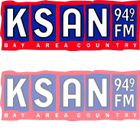 Moving to bigger markets
Moving to bigger markets
Malrite Communications, the owner of WMMS and WHK, then buys a Country station in San Fransisco named KSAN, of which the chief engineer just left. “They felt like I was the best replacement, so then I moved to San Francisco. I met a girl, we got married, and bought a house.” Two weeks after moving in, the phone rings late night. It’s the company’s radio president, about a new project in New York…
Biting the Big Apple
“They were stuck, 10 days from signing on, and needed someone to come in. The next morning, I was on a plane.” Foti enters the building of WVNJ in New Jersey, a Beautiful Music station that would soon become the Hot Rockin’, Flame Throwin’ WHTZ. “I remember how I met Scott Shannon. He walked up to me and said: can you make my voice sound just like the disc jockeys on KNEW? There we had put an old PR&E Multimax, with a shelving boost on the bass, in front of the multiband compressors, giving jocks that larger-than-life sound. I was there on loan, but I think Scott wanted me as the chief engineer because of my can-do attitude – and Dean Thacker, who would become the first station manager, was an old friend. I flew back to San Francisco, and my wife at the time said: why do I think we’re moving to New Jersey? Two days later, I was on my way back, and she was selling the house.” Z100 kicks off on August 2nd, 1983. “74 days later, we went ‘from worst to first’. It’s one of the greatest things I’ve experienced in my life.”
“There was a lot of processing
being pushed in New York”
Creating competitive on-air sounds
What was the secret behind the early sound of Z100?
“The first two weeks, all we had was a stock Optimod 8100. Our competitor WPLJ sounded like your head was stuck in a vice. It was very compressed; very loud. Scott said: we’ve got to do something. I knew Bob Orban was working on a multiband adaptor for the 8100, as we had met a couple of times in San Francisco where we put an early version of the 9100 on our AM station. I called up Orban and they said: Frank, we’d love to help you, but it’s still in the prototype stage. Bob won’t let it out anywhere he can’t hear it.” Foti then thinks of a new box he’s seen at NAB, the Texar Audio Prizm. “I called the dealer for a demo. Two hours later I got a phone call from Glen Clark, who developed the Prizm. I explained my situation, and he said: if you could pick me up at Newark Airport in two and a half hours, we’ll put them in at night. We went over to the Empire State Building, as we were on equalized telephone lines while getting an STL frequency. We put the Prizms in, and I had brought an EXR Exciter; an offshoot of the Aphex Aural Exciter.”
 Developing new processing combinations
Developing new processing combinations
The original air chain that takes Z100 ‘from worst to first’ consists of the Orban Optimod 8100A, the Texar Audio Prizms, an EXR Exciter, and a Modulation Sciences CP-803 Composite Clipper. “The next morning, after Glen and I had spent many hours tweaking, Scott Shannon was so happy, I thought he was gonna’ cry! From that moment on, Z100 took lead on the sound of the New York City radio dial.”
Pushing the loudness envelope
Was that the beginning of the loudness war?
“New York was always loud”, he says in reference to ABC, CBS and NBC with their flagship stations 95.5 PLJ, CBS-FM and WYNY. “While everyone else was doing 100% modulation – or 75 kHz deviation – these guys were at 125%. I thought: excuse me, but if they break the law; I’ll break the law! So I matched were WPLJ was. All of a sudden, like magic, Z100 is right there with the other guys! We had an FCC monitoring station in Manhattan, but they were so busy in other parts of the country that they never looked at New York. One day, somebody called and complained, so the government said: we’re gonna’ look the other way for 5 days. If anyone’s over-modulating then, he’s getting a fine. 4 days later, modulation came down. But over-modulation or not, there was a lot of processing being pushed in New York. Compared to others, I’d say we were the least-offensive sounding.”
“I had never heard bass sound so incredible”
Looking for exclusive sounds
Was there also competition to secure the latest & greatest processors and get them exclusive?
“This is how Cutting Edge actually got started. In 1985, WMMS hired a new engineer. His name was Steve Church – the same Steve Church who founded Telos. He came to visit me in New York, as he redesigned the WMMS processing and wanted a Z100 feel.” As The Buzzard needs a unique sound, Foti and Church call a mutual friend named Greg Ogonowski: “He made a 5-band AM processor that I thought was as good, if not better, than the Optimod 9100.” They ask him to build an FM box, especially for WMMS. “It sounded incredible, we were blown away!” Malrite commissions Ogonowski to build exclusive processors for all of their radio stations, only to cancel their order last minute due to a changed economy. Lucky for the developer, who didn’t receive any advance payment, Emmis Communications is buying many stations – including WAPP / The Apple 103.5, that they turn into WQHT / Hot 103.5.
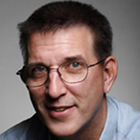 Staying ahead of competitors
Staying ahead of competitors
Emmis absolutely loves Ogonowski’s FM processors, and buys them all – on an exclusive basis. “The thing we were hoping to have for ourselves, was ending up the dial on 103.5 in New York City! It was a Friday afternoon when I switched them on, and they were playing Higher Love by Steve Winwood. I had never heard bass sound so incredible in my life, and I now remember thinking: holy shit, I’ve got work to do!”
Redefining processing once again
He experiments with a new limiter from Aphex; Dominator. “I spent 2-3 months playing around inside the thing, trying to match the loudness and clarity of Hot 103.5. This modified Dominator eventually became the first Cutting Edge product, the Vigilante. Then it was ‘game on’ between 103.5 and Z100.” Soon after Foti starts his company (later renamed into Omnia), Ogonowski launches his Modulation Index AM and FM processors. “In our office, I have both the AM and FM – incredibly done. I’m told that Orban [that later hired Ogonowski as their VP of Product Development, TG] took that as the basis for the Optimod 8200. But I’ll go to my grave saying: I can put one of Greg’s analog FM processors against an 8200 any day, and beat it.”
“Controlled amounts of clipping
with distortion management”
Making callers sound clean
For a music station, Z100 had many phone-ins, so I guess you had to look for a balance to make both callers and music sound great?
“Yes, especially the Z Morning Zoo had the phone on the air a lot. I was fortunate that Steve Church and I were working in the same company, so we had an early Telos 10 telephone hybrid. By using its gating and noise reduction, the main processing chain wasn’t making calls sound overly crazy. Two days after we had the Telos 10 on air, NBC News Radio‘s engineer called me and said: Frank, what the **** did you do to the phones on Z100??” Foti gets them to contact Church: “I remember Steve calling me later that day, saying: Frank – you get me in trouble, man. I’ve only made ten units, by hand. NBC wants 50 of ‘em. Next week! I said: Steve, that’s a good problem to have, buddy. If you need help, just call me up, and I’ll get on a plane! Z100 alone probably sold the first 75 phone hybrids for Telos Systems, haha.”
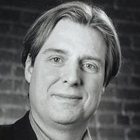 Seeing the digital future
Seeing the digital future
How did you see audio processing evolve from those early years?
“I knew early on that the future was digital, but Steve Church was the first to introduce DSP to radio broadcasting with the phone hybrid. Steve was years ahead of everyone else. He said: Frank, we can make compressors, limiters and equalizers – that is easy. These will sound better than what we can with VCAs and analog circuitry. But we have one challenge that’s really difficult.”
Conquering the digital challenge
That was the digital domain having a definite bandwidth. “If you don’t manage clipping distortion, you’ll get aliasing. I’m not trying to be critical, but I remember the first time I heard a digital Optimod. The moment you leaned on it a bit, there was this nasty-sounding distortion. So Steve and I asked: how can we let a digital processor do hard clipping, which broadcasters want? You can do compression & limiting, but you’ll get loudness from controlled amounts of clipping with distortion management.” We probably spent 2-3 years on developing a non-aliasing broadcast clipper. That got folded over in our first digital product, Omnia.fm.” Foti explains aliasing in more detail:
For best practices and technical innovations in audio processing, check out the second part of this interview.

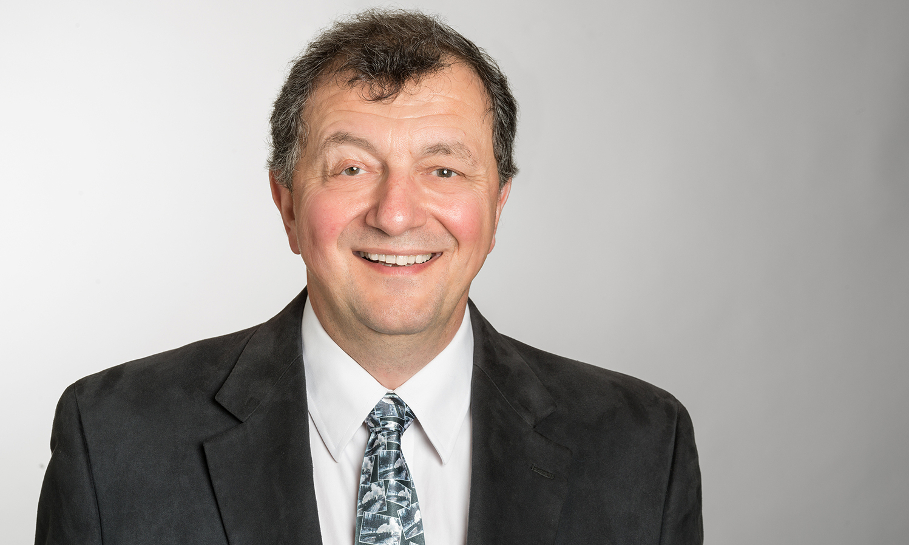
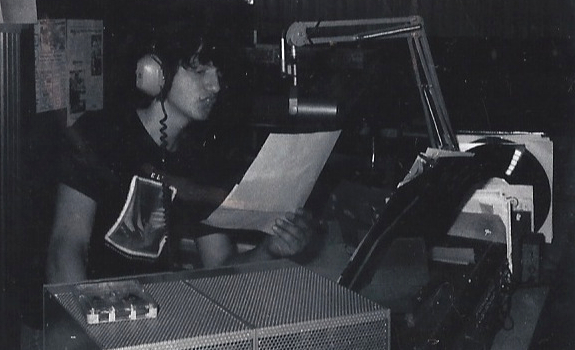

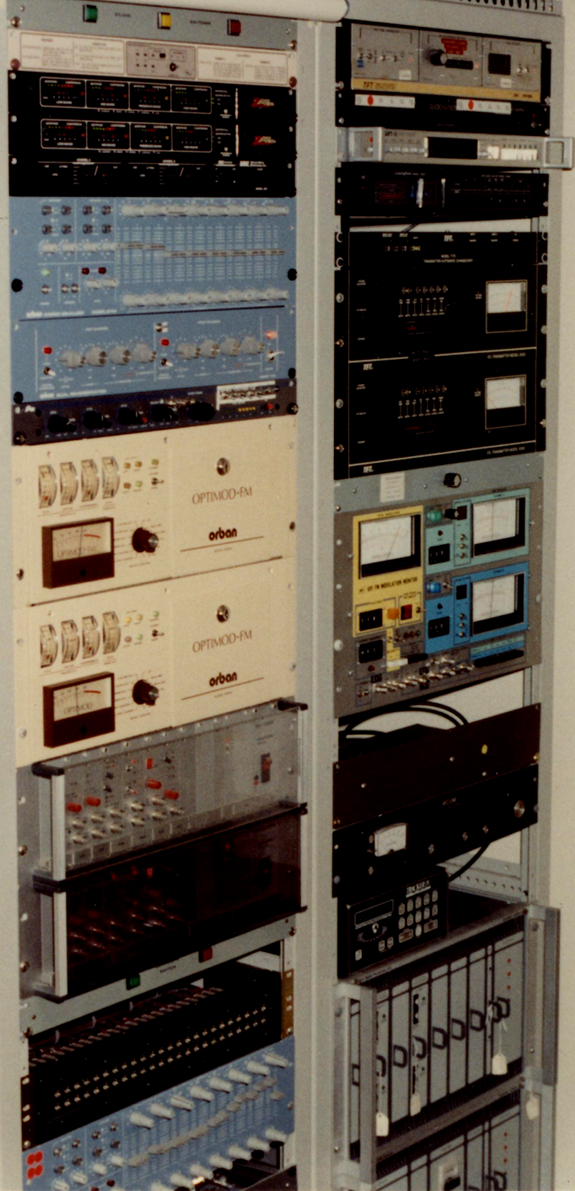
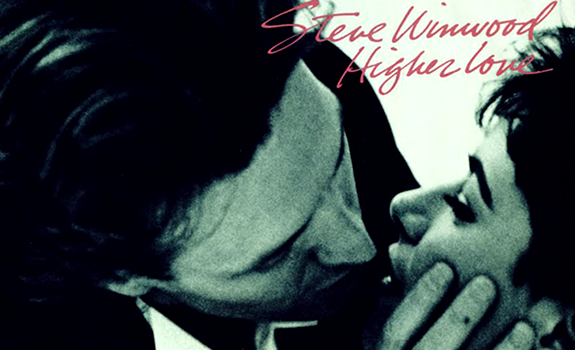
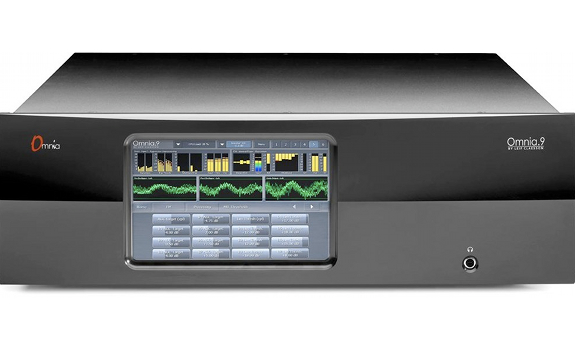




Add Your Comment